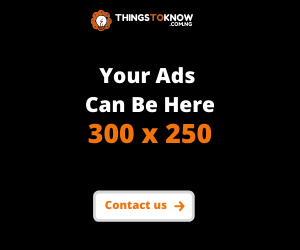In this article, you will get acquainted with identifying needs and learn about step-by-step technology on how, using simple specific questions, to identify the needs of customers in the b2b segment (when an organization sells to another organization), and in the b2c segment (when an organization sells a product or service to a private person).
When it comes to identifying needs, you need to understand that customers have two levels of needs:
- The first level is explicit needs. The client speaks openly about obvious needs, provided that good contact is established with them.
- The second level is latent needs. The client does not communicate hidden needs (or values) but takes them into account when making a decision.
To begin with, several important points should be noted that will make this process flexible and of high quality.
The client will tell you about their needs only if good and high-quality contact is established with them.
The stage of establishing contact is crucial since it depends on whether the client will answer your questions or not.
It should be borne in mind that no one likes to be interrogated for a long time.
In this regard, there are two main options.
1. The rationale for the questions
The first option is the need to justify to the client why they will be asked questions.
The easiest way to explain this to a client is to construct a phrase as follows: “Mr. Black, let me ask you a few questions to save time and not tell you everything.
But give specific information about what will suit you.”
If a person intends to purchase a product.
They will agree to provide answers to questions.
After that, you will receive a certain carte blanche to ask the client for any information that you need in the future.
Rcommended: 13 Fast Moving Small Scale Businesses In Nigeria (2022)
2. Embedding questions
The second option is to embed questions in the presentation to identify the client’s needs.
This is a more professional option since this is where you start presenting your product or service to the client.
And then after any description of your product or service, ask questions.
Choose which of the ways to use.
The first way is to seize the initiative and ask the client, “Can I ask you a couple of questions to save you time?”
The second way is to start with a presentation and then insert the necessary questions into the presentation after each information block.
These questions and techniques may be used in any niche, whether you are selling goods, providing services, or teaching people how to work with Bullish Candlestick Patterns.
By the way, if you need more information on Forex trading or are interested in the latest news, visit the Forextime blog from Canada, Nigeria, or any other country and increase your earnings.
Assistive Techniques
Assistive techniques can be used to ask customers questions more gently and to be willing to answer them. There are two effective techniques.
1. Why do I ask
The first technique looks like this: “Why am I asking?” How does this technique work?
Very simple. You ask a question, and then you say, “Why am I asking,” and then you yourself answer this question. For example, you say: “What brands do you prefer?
Why do I ask? Because we will start from this in our choice”.
2. Enumeration of options
The second auxiliary technique is called Variant Enumeration.
There are cases when you ask the client some questions, but the client cannot give you a quality answer to these questions.
In this case, you need to take the initiative into your own hands, answer for the client, offering them options to choose from.
For example, consider the question of budget.
This question is a kind of cornerstone and many are afraid to ask it. Although there is nothing complicated about it.
When you ask a client: “Can you please tell me what budget you are willing to invest in this product or in this deal?” If the client doesn’t react in any way, then you start to react: “What is the range: from 10 to 20 thousand?
From 30 to 40 thousand?”
We offer you to choose one of these options.
This will make it easier for clients to engage in dialogue and answer questions.
Super Question
First, you ask the client a simple, open question, to which the client can give detailed information that he has regarding the purchase of a product, product, or service.
- What are you interested in?
- What’s your situation?
- What brings you to us?
You can ask any similar question to get a broad answer.
Therefore, before asking a chain of questions, try to ask the client such a super question so that they describe the current situation with their own eyes.









